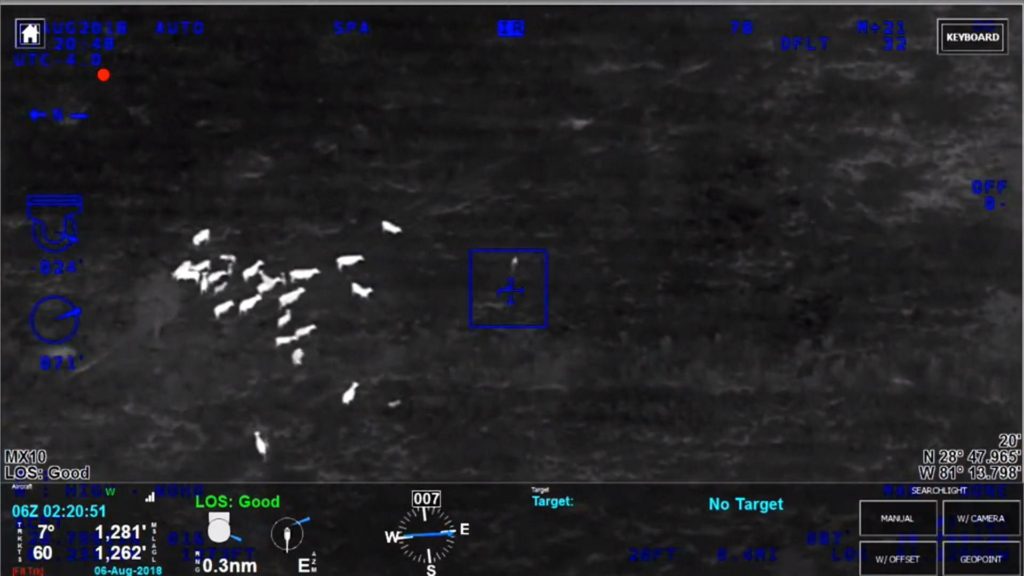The polar bear as poster child for the horrifying impact of climate change is now undeniable.
The number of polar bears in the southern Beaufort Sea plunged by 40 per cent in the first decade of this century, with cubs posting especially poor survival rates, according to scientists Canada and the United States.
A study published this week in Ecological Applications found survival of adult bears and cubs was particularly low between 2004 and 2006. The researchers blamed the dismal survival rates on “unfavorable ice conditions” that limited access to prey, such as seals, as well as general lack of food overall.
“Of the 80 cubs observed in Alaska from 2004 to 2007, only 2 are known to have survived,” Jeff Bromaghin, U.S. Geological Survey research statistician and lead author of the study, said in a statement.
Overall, the number of bears dropped to about 900 in the region in 2010 from about 1,600 in 2004.
While some bears do come to shore during the open water period each autumn, most stay with the sea ice as it retreats north into the Arctic Basin. That’s far from shore. Few seals are thought to be found.
At the same time, thin winter ice is prone to break up and “rafting,” which creates rough, jumbled ice that make for tough hunting grounds for seals.
 Photo: Jessica K. Robertson/USGS
Photo: Jessica K. Robertson/USGS
Watch this video taken from the polar bear point-of-view filmed in April, 2014 by the U.S. Geological Survey to see typical bear behaviour with food and on ice.
The Polar Bear Specialists’ Group of the International Union for the Conservation of Nature is tracking 19 populations worldwide. Currently, four populations, including the southern Beaufort Sea population, are on the decline, five are stable and one is increasing. The rest don’t have enough data to make a conclusion.
But with reports of bears on marathon swims lasting days, dramatic weight loss and cubs failing the thrive, the bears’ outlook seems bleak. Experts count perhaps 20,000 to 25,000 bears left in the wild. Conservationists suggests two-thirds of those could be gone by 2050.
Photo Mike Lockhart/USGS





